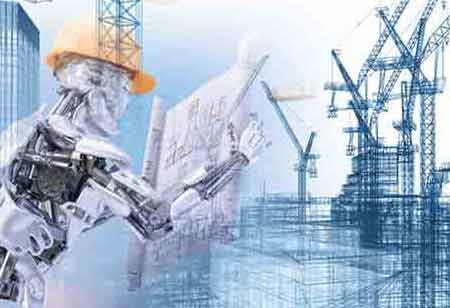Thank you for Subscribing to Construction Business Review Weekly Brief
Specials
- Apartment and Condominium Contractors Canada
- Decking Canada
- Architectural Glass Europe
- MEP APAC
- Construction Saudi Arabia
- German Apartment and Condominium Contractors
- Construction Law APAC
- Outdoor Construction
- Foundation Construction Canada
- MEP Canada
- Kitchen and Bath
- Cold Storage Construction APAC
- Precast Concrete Europe
- Construction Staffing Europe
- Pre-Construction Services
- Flooring System APAC
- Scaffolding Canada
- Swimming Pool Construction Canada
- Construction Management Canada
- Cold Storage Construction Canada
- Flooring Systems Europe
- Residential Construction
- Concrete Canada
- Construction Cladding Europe
- Construction Cladding APAC
- Concretes, Aggregates and Construction Materials APAC
- Concretes, Aggregates and Construction Materials Europe
- Commercial Contractors Europe
- Commercial Contractors APAC
- Dummy
- Construction Insulation, Coating and Waterproofing
- Construction Management APAC
- Landscaping Canada
- Construction Coating Europe
- Construction Tech Startups Europe
- Insulation Services Europe
- Mechanical Contractor Canada
- Mould Remediation and Testing Europe
- Swimming Pool Construction APAC
- Building Sealing Solutions Europe
- Construction Engineering Services
- Mechanical Electrical and Plumbing
- Roofing Systems Europe
- Architectural Glass APAC
- Startups APAC
- Construction Forensic and Owners Representative
- Flooring System
- Waterproofing APAC
- Wall Systems
- Safety and Compliance Europe
- Construction Bidding and Auctions
- Modular and Prefab Construction
- Architectural Glass
- Construction MENA
- Construction Demolition and Recycling Europe
- Modular Construction Europe
- Construction Interiors
- Steel Building APAC
- HVAC
- Doors and windows
- Construction Latam
- Building Information Modeling APAC
- Sustainable Construction APAC
- Building Restoration and Maintenance
- Commercial Contractors
- Specialty Construction
- Construction Engineering Canada
- Construction Engineering MENA
- Modular Construction Canada
- Modular Construction APAC
- Roofing and Siding Systems
- Workforce Management and Staffing
- Roofing Systems APAC
- Construction Consulting
- Steel Building Europe
- Construction Demolition and Recycling APAC
- Safety and Compliance APAC
- Concretes, Aggregates and Construction Materials
- Construction Cladding
What Makes it Different from Other Types of Steel?
Steel is a widely used architectural and construction component. Steel is a strong, durable; bluish-gray metal alloy of iron among the world's most commonly used materials.

By
Construction Business Review | Monday, February 28, 2022
Stay ahead of the industry with exclusive feature stories on the top companies, expert insights and the latest news delivered straight to your inbox. Subscribe today.
Steel is primarily composed of carbon, but it also contains other alloying elements such as tungsten, chromium, vanadium, magnesium, and even a minor amount of sulfur, silicon, phosphorus, and oxygen.
Fremont, CA: Steel is a widely used architectural and construction component. Steel is a strong, durable; bluish-gray metal alloy of iron among the world's most commonly used materials. Different kinds of steel contain carbon contents ranging from 0.2 to 2.1 percent (by weight), relying on its constitution and physical features.
Steel is primarily composed of carbon, but it also contains other alloying elements such as tungsten, chromium, vanadium, magnesium, and even a minor amount of sulfur, silicon, phosphorus, and oxygen.
What is Carbon Steel?
Carbon steel has less than 1 percentage carbon, along with concentrations of manganese, sulfur, silicon, and phosphorus. Carbon steel's qualities and characteristics are primarily determined by the carbon content of the steel, with minor influences from alloying and residual elements. There are four different types of plain carbon steel.
Low Carbon Steel
Carbon percent is limited to 0.30 in low carbon steel kinds, the most widely used grade. These steels are easy to machine and weld, and they have a higher tensile property than high carbon steel.





